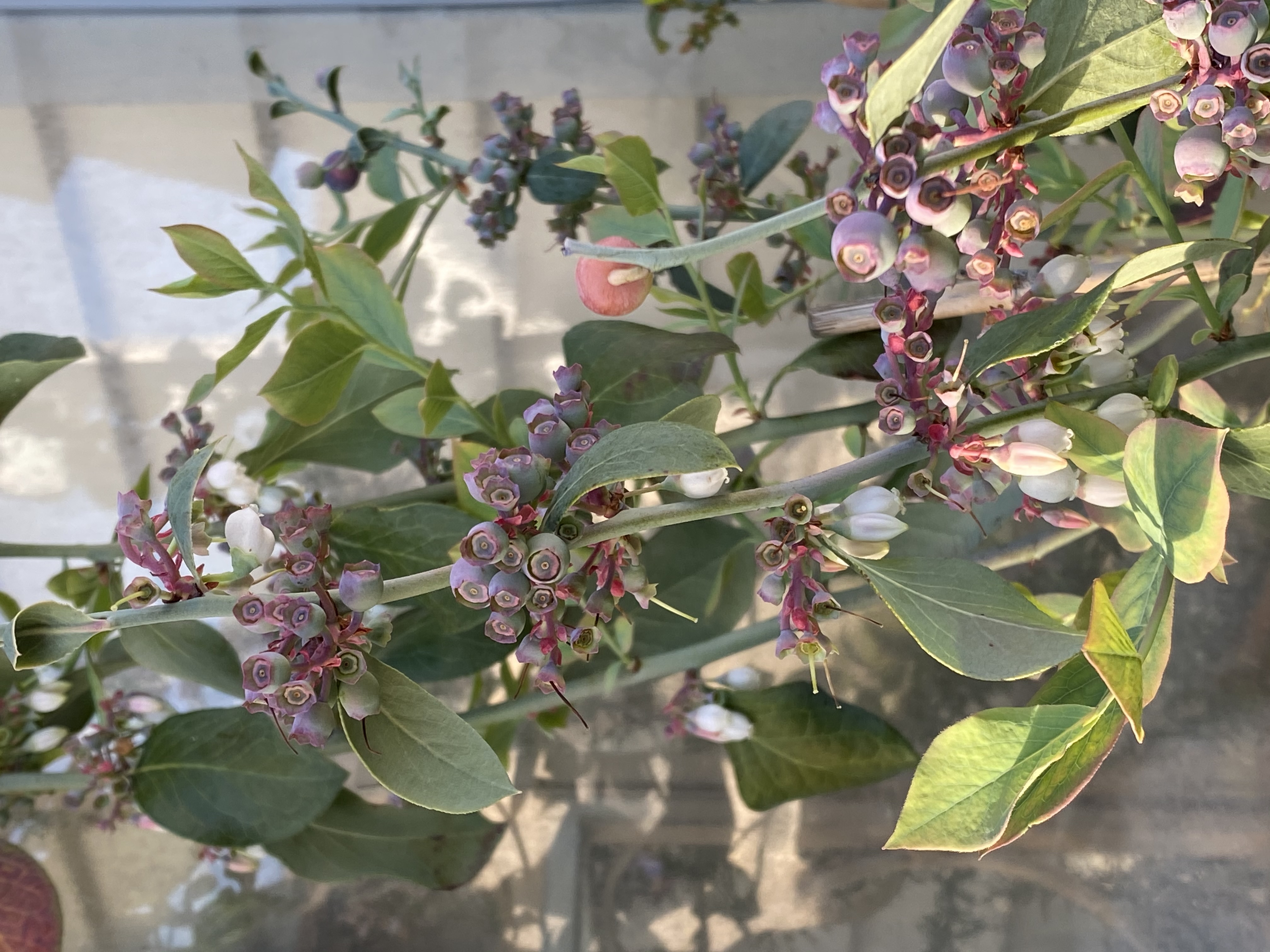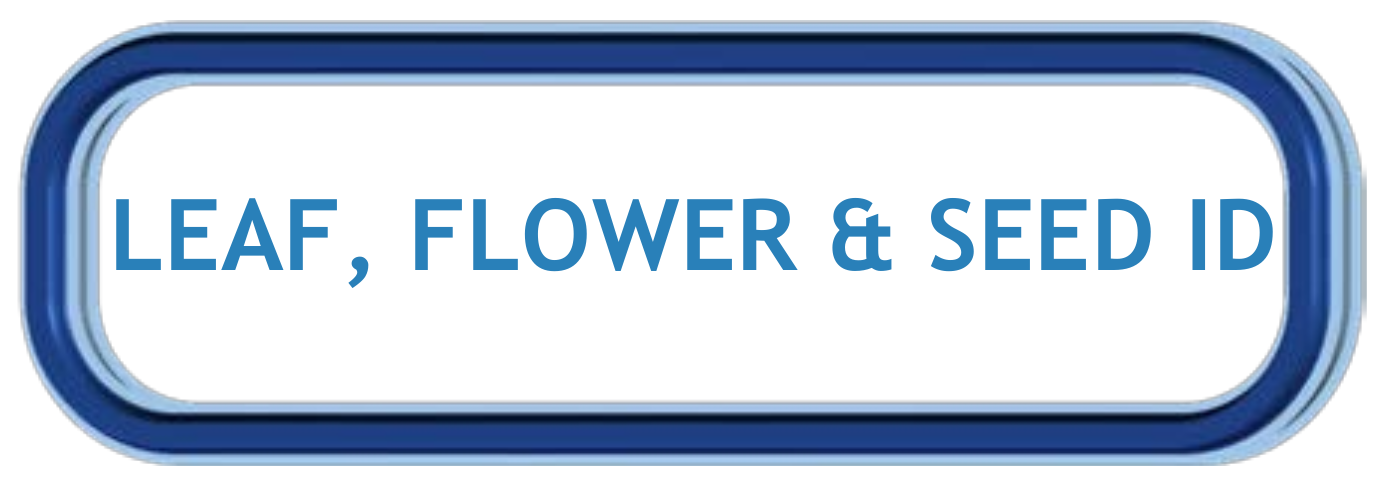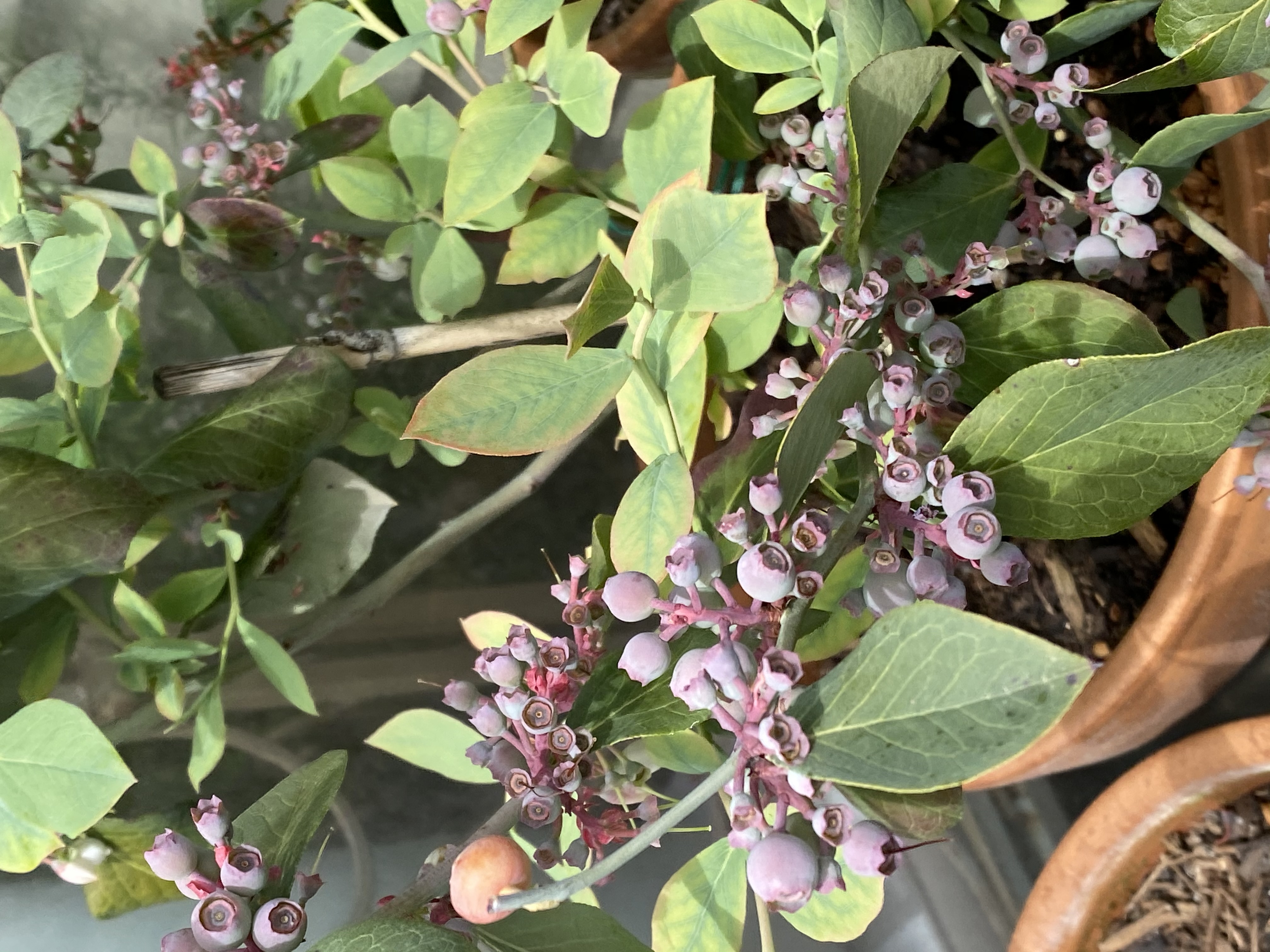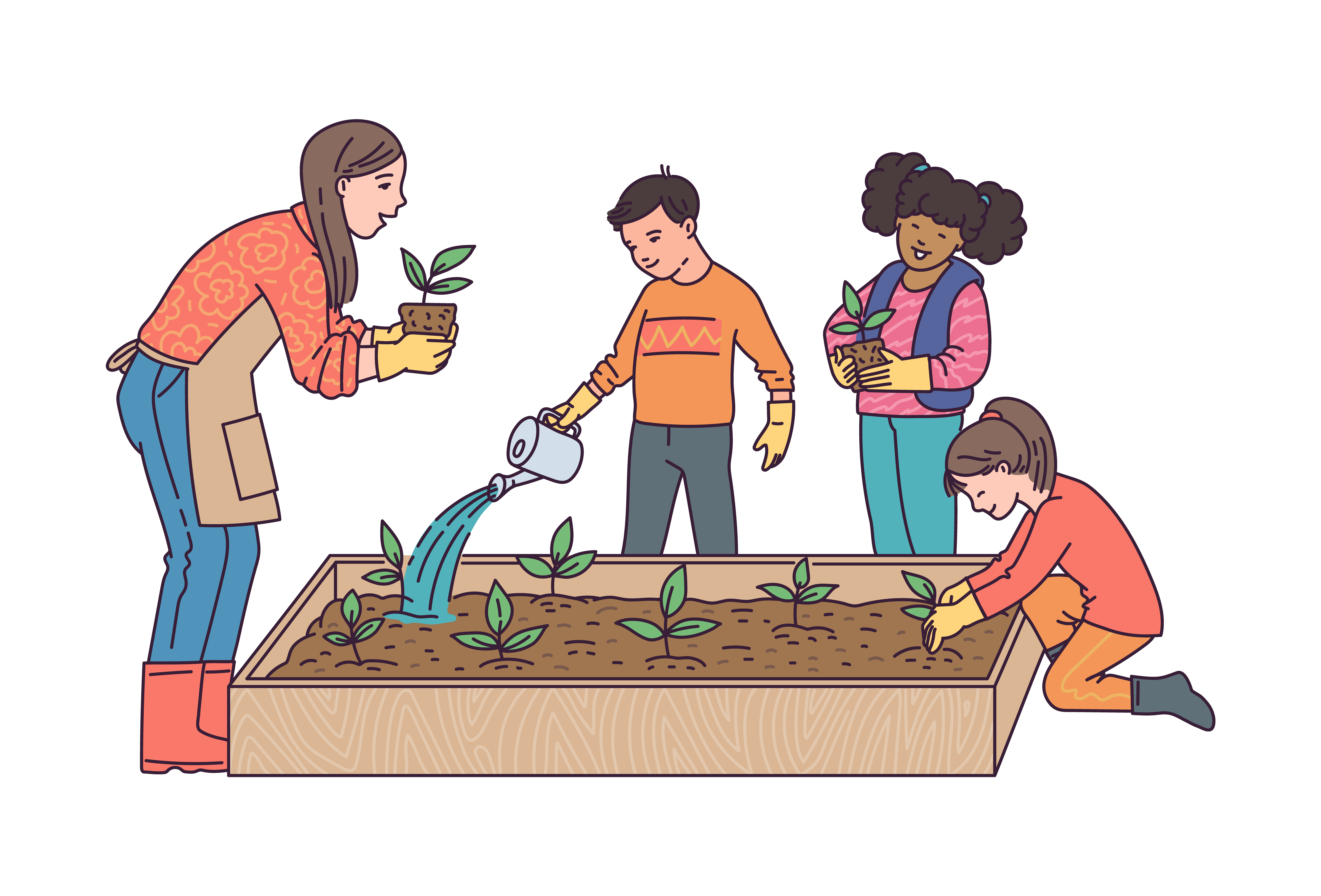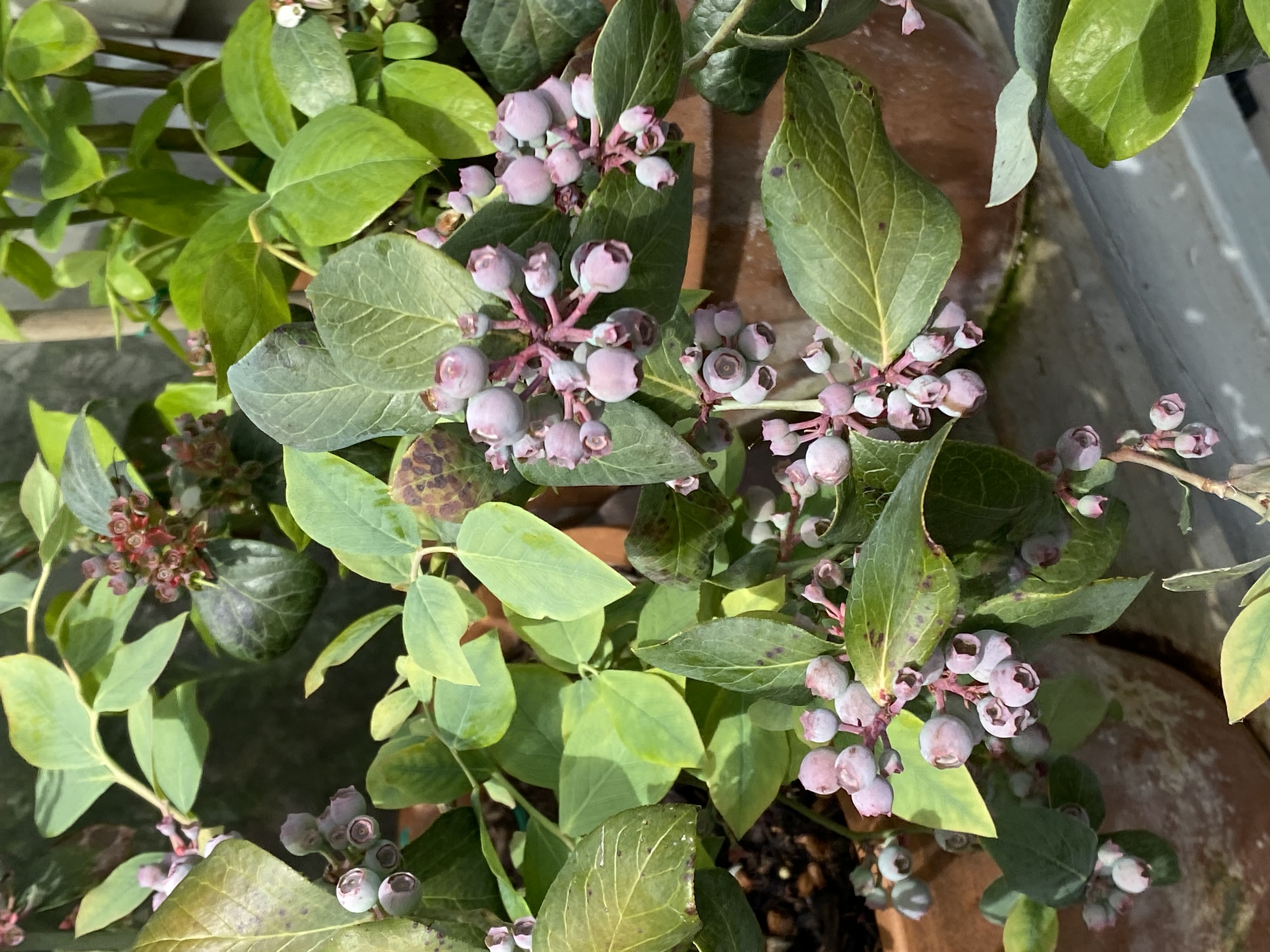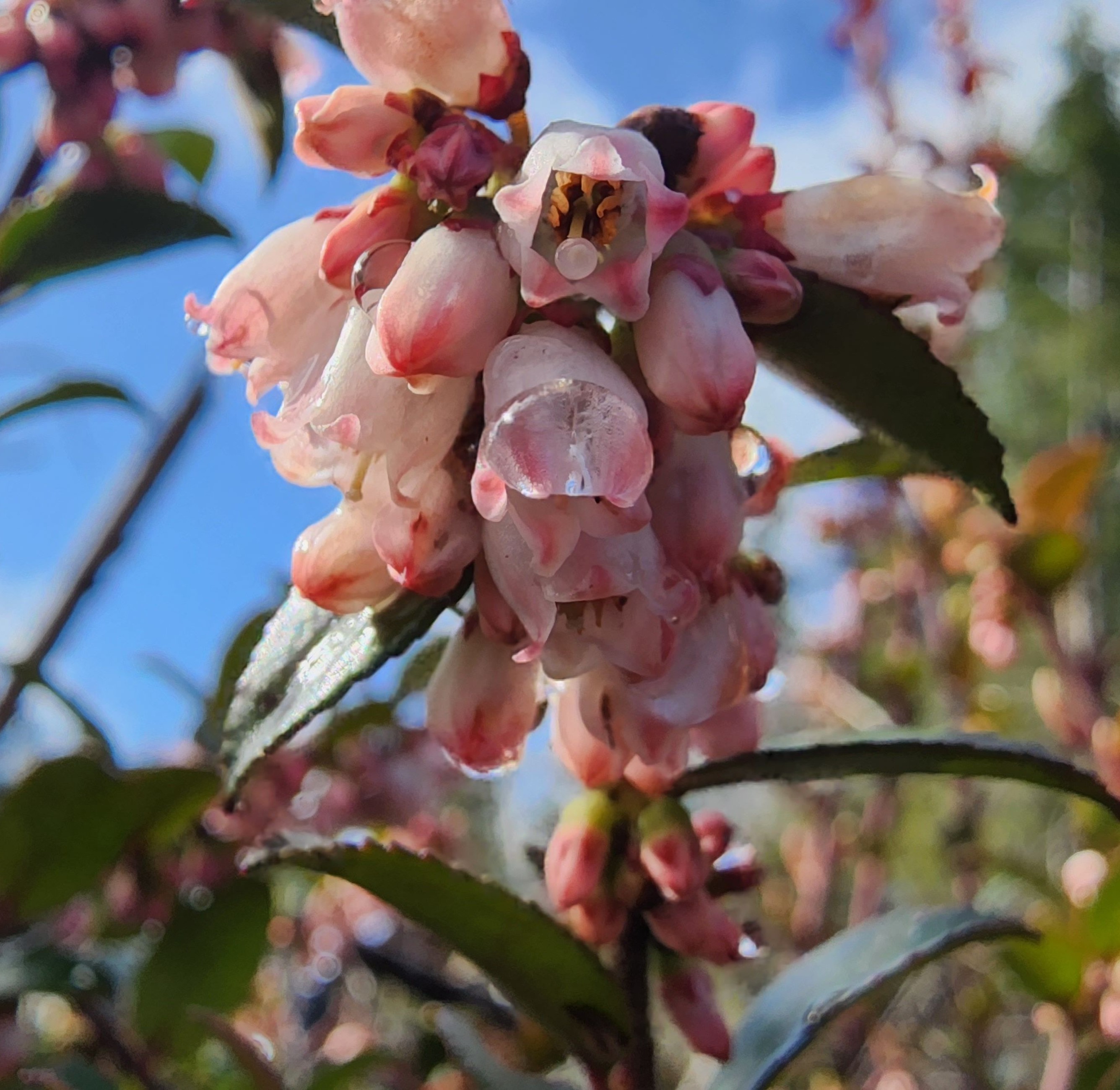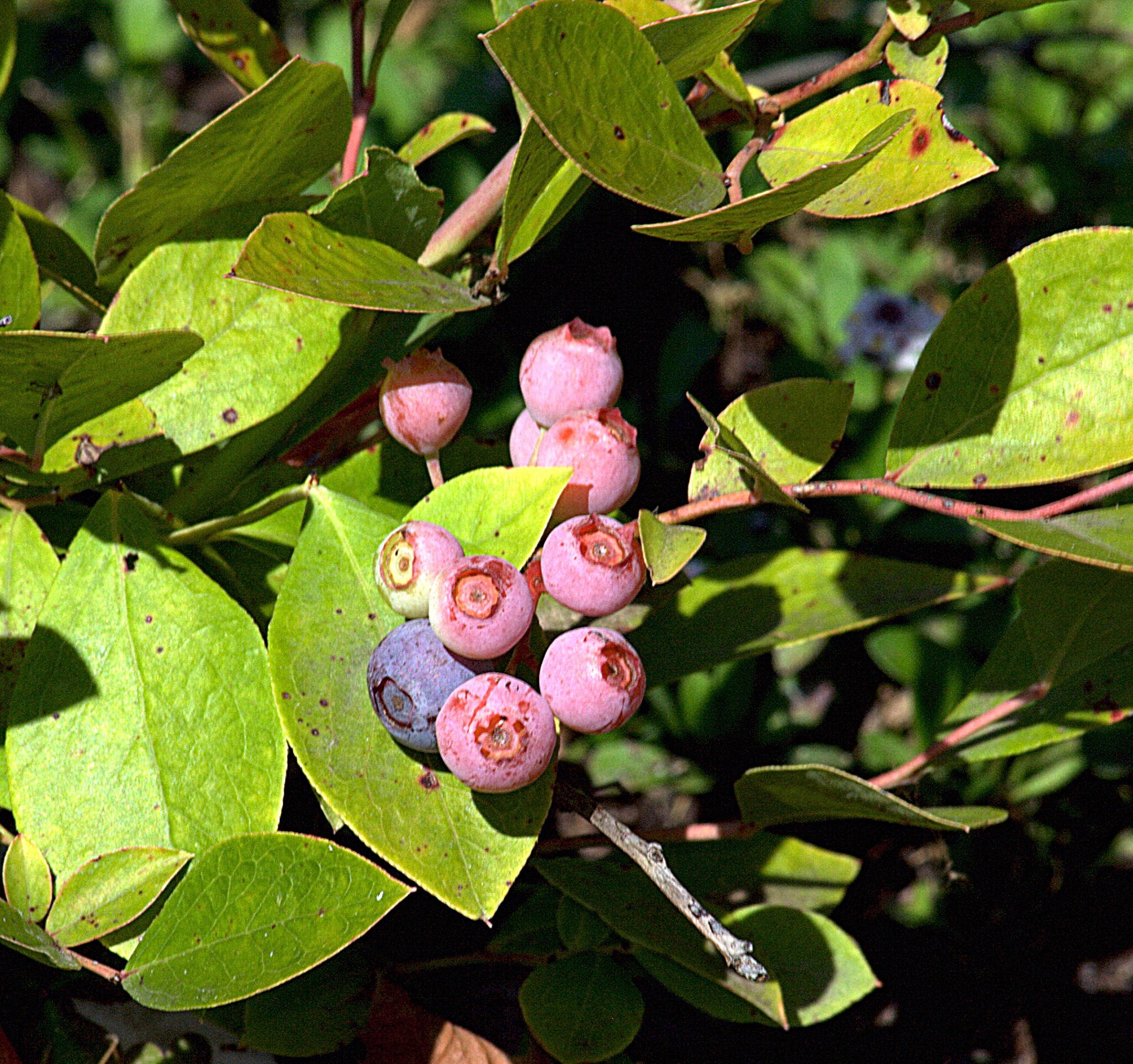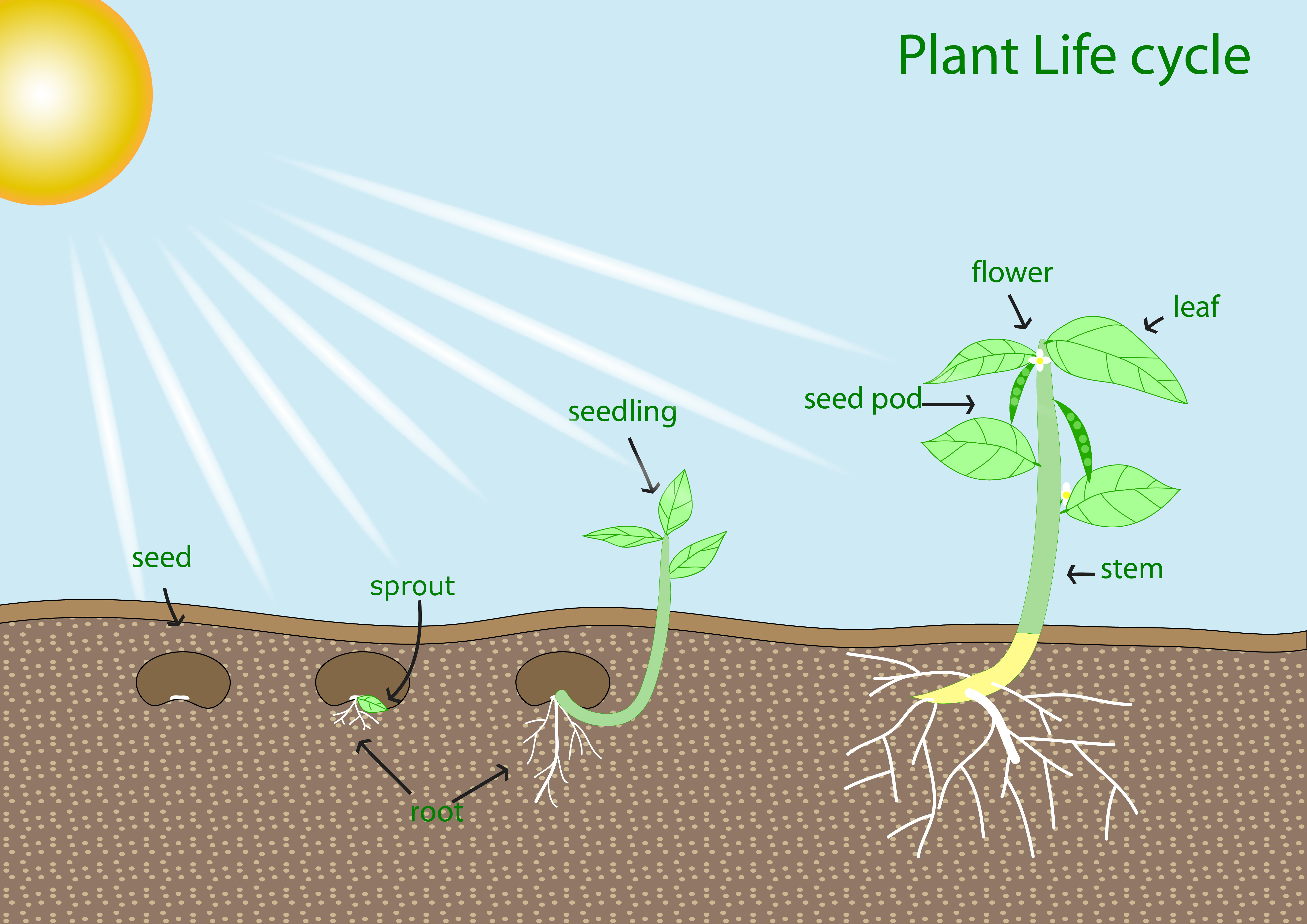Dig into Plants: Rabbiteye Blueberry Bush
Rabbiteye Blueberry Other Common Names: Smallflower Blueberry, Southern Highbush Blueberry Scientific Name: Vaccinium virgatum Native to Alabama: Yes |
| Click on image to enlarge it |
Learn more about...
| Ecological Benefits |
| This plant provides food for: | |||
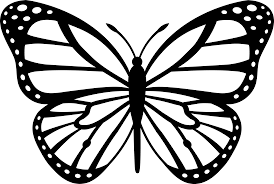 |
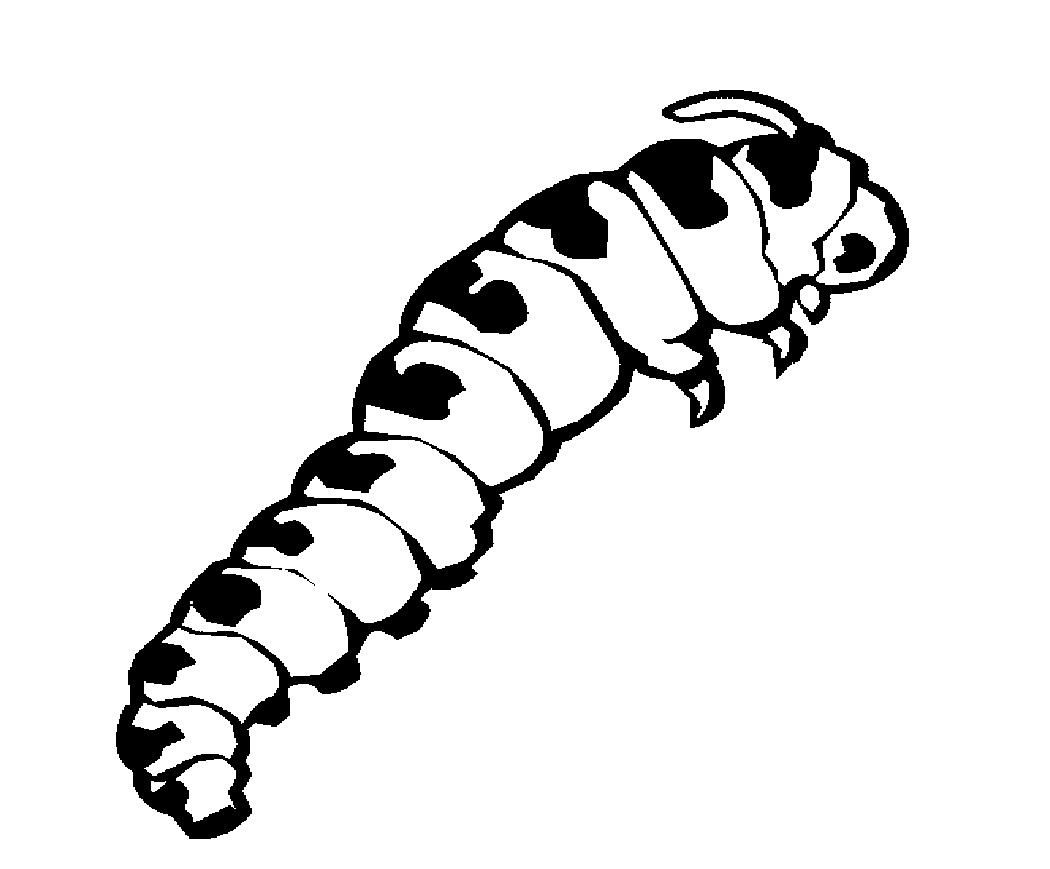 |
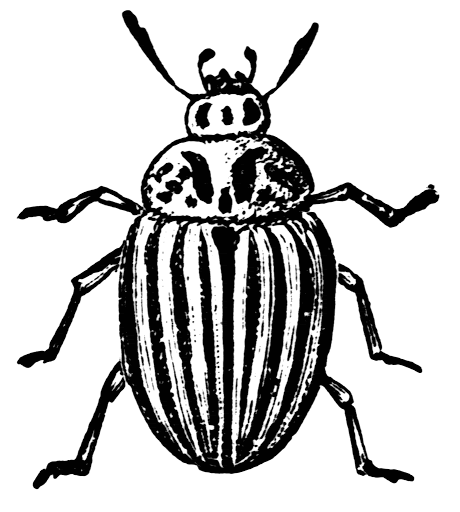 |
|
| Butterflies | Caterpillars | Other Pollinators | |
| Brown Elfin | |||
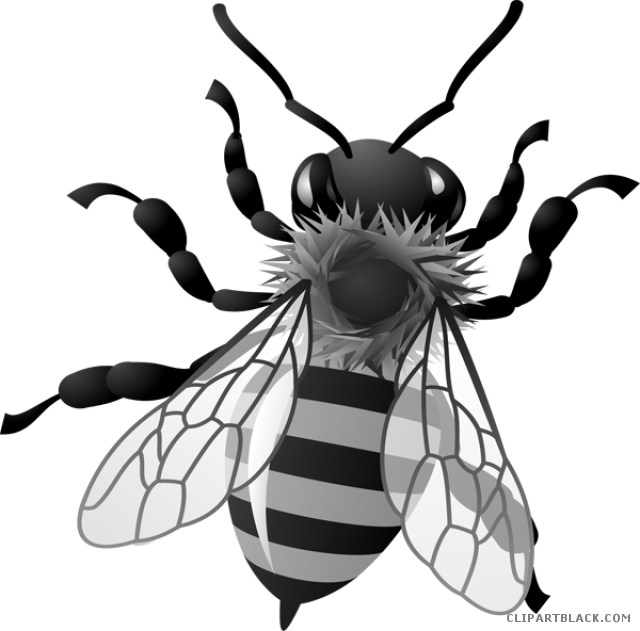 |
 |
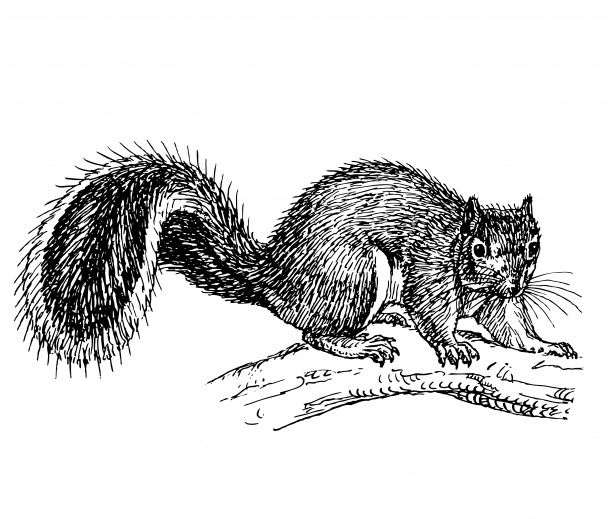 |
|
| Native Bees | Other Birds | Small Mammals (and bears) | |
Other Plants Found in Alabama with Similar Ecological Benefits: |
||||||||
| Sparkleberry (Vaccinium arboreum) *Host for Striped Hairstreak & Summer Azure |
Highbush Blueberry (Vaccinium corymbosum) |
Darrow's Blueberry (Vaccinium darrowii) |
||||||
|
|
 |
 |
 |
 |
||||
|
|
 |
|
 |
 |
||||
| Elliott's Blueberry (Vaccinium elliottii) |
Black Highbush Blueberry (Vaccinium fuscatum) |
Shiny Blueberry (Vaccinium myrsinites) |
||||||
 |
 |
 |
||||||
 |
 |
 |
||||||
| Blue Ridge Blueberry (Vaccinium pallidum) |
Deerberry (Vaccinium stamineum) *Host for Red-spotted Purple |
Small Black Blueberry (Vaccinium tenellum) |
||||||
 |
 |
 |
 |
|||||
 |
|
 |
 |
|||||
| Habitat Requirements | |||
| This plant prefers: | |||
|
Full Sun
(6+ hours of sun per day) (2-6 hours of sun per day) |
 Prefers average watering
|
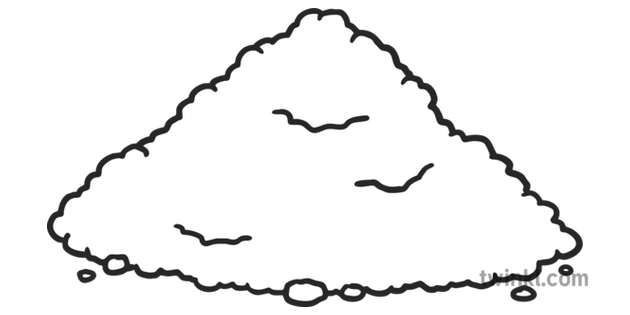 Well-drained, Sandy, Loamy, Clay, Acidic, or Moist Soil Well-drained, Sandy, Loamy, Clay, Acidic, or Moist Soil |
|
The ideal pH for blueberries is between 4.0 and 5.0 or 5.5, depending on the cultivar. Blueberries require a lower soil pH than many other small fruit crops and other plants. Therefore, consider grouping them with other acid-loving plants such as hollies, azaleas, rhododendrons, and camellias. |
|||
| Leaf, Flower & Seed Identification | ||||
| LEAF DESCRIPTION | ||||
| Leaf Characteristics Chart (PDF) | ||||
| Shape: Elliptical |
Margin: Serrate |
Arrangement: Alternate |
Form: Simple |
|
|
|
|
|
|
|
| Description: | ||||
| Leaves are less than 1 inch wide and up to 3 inches long; dark green to blue-green; top of leaf can be slightly hairy; underside of leaf has lighter color; leaves turn red and yellow in the fall | ||||
| FLOWER DESCRIPTION | ||||
| Flower Shapes Chart (JPG) | ||||
| Color: White, pink, green |
Shape:
Bell (Campanulate) |
|
Bloom Months: Mar-Jun |
|
| Description: | ||||
| small (less than 1 inch) flowers grow in clusters and have fused petals, creating bell shape; do not self-pollinate | ||||
| SEED DESCRIPTION | |||
| Type: Fruit - Berry |
Description: Fruit is small, round berry that is black- blue when ripe, or pink-white when unripe; less than an inch wide and long; females must have male present to produce berries |
Months in Seed: Spring, Summer |
|
| Plant spreads by: | |||
| Seeds and suckers spread via suckers (a sprout or slim branch of new growth at the root or base of the plant) These sprouts are able to put out their own roots and become new plants that are clones, genetically identical to the parent plants |
|||
ADDITIONAL RESOURCES FOR TEACHERS
| Quick Fact Sheet (Condensed Species Info) |
Plant ID Sign: Ready as-is PDF |
Plant ID Sign: Editable Word Doc |
QR Code (Links to this Webpage) |
INFORMATION SOURCES FOR THIS PLANT
 |
||
|
|
||
|
|
|
 Wildlife Tag
Wildlife Tag
